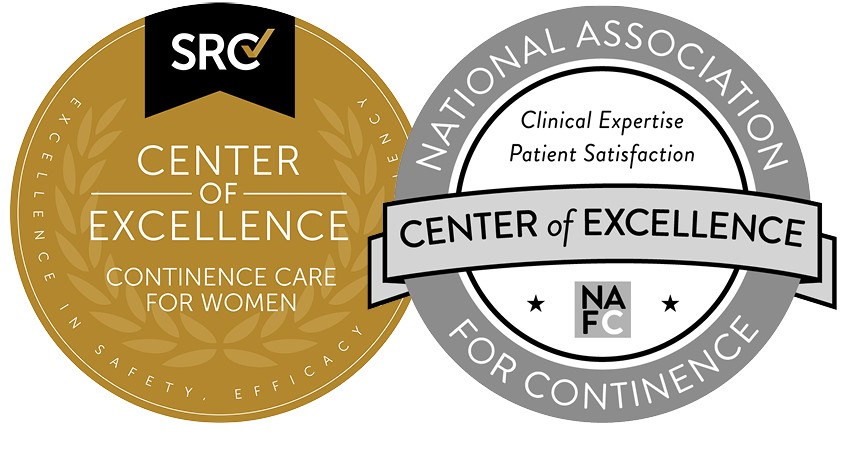LUGPA Response to ASTRO Study on Radiation Utilization Published In NEJMOctober 24, 2013 Response: 1. Integrated Groups Utilization of IMRT is Appropriate. Mitchell’s data shows that less than one-third (32.3%) of newly-diagnosed prostate cancer patients who sought treatment from an integrated urology group received IMRT in 2005-2010. This figure is fully in line with data from academic literature that predates the development of integrated groups, when radiation therapy was only available in hospitals and free-standing radiation centers. (see 1, 2) The Nguyen study of more than 45,000 Medicare patients from the Journal of Oncology, cited in her paper, found that 31% of men chose IMRT between 2002 and 2005 – before integrated urology groups were formed. An even larger study by Jang published in the Archives of Internal Medicine in March 2010, which examined treatment of over 85,000 Medicare beneficiaries, found that 31.7% chose external beam radiation treatment between 1994 and 2002. 2. Active Surveillance is Almost Identical between Integrated and Referring Groups. Mitchell’s data shows that active surveillance – whereby affirmative treatment is deferred and the patient is monitored for disease progression – was nearly identical between integrated groups and referring groups (27% vs. 27.4%). In addition, her data shows that active surveillance rates actually increased for integrated groups after they acquired IMRT technology. This demonstrates that incorporation of IMRT did not influence clinical decision-making in a manner to maximize profits. 3. Mitchell’s study shows Integrated Groups’ practice patterns mirror national trends. Her data showed relatively consistent utilization of prostatectomy, the surgical procedure to remove the prostate, by integrated groups after acquisition of IMRT technology (17.7% vs. 16.6%). Furthermore, her data shows that integrated groups’ increased utilization of IMRT was offset by substantial decreases in utilization of brachytherapy (18.6% decline to 5.65) and androgen-deprivation therapy (16.5% decline to 8.4%) – both trends that reflect most current practice guidelines. (see 3) 4. Mitchell’s “Control Group” is Specious. Mitchell provides no rationale for her choice of so-called “control” groups – in fact, she did not match groups on size, patient demographics or severity of illness. That Mitchell seems to have hand-picked her “control” group solely for the purpose of creating talking points to further the study sponsor’s political agenda is illustrated by her own bizarre results: use of IMRT and brachytherapy remained flat over a six year period in these groups despite trends towards less invasive IMRT and away from brachytherapy seen nationally across all sites of service. (see 4, 5) MedPAC and GAO Have Rejected Calls to Eliminate the In-Office Ancillary Services Exception MedPAC and GAO have examined the IOASE issue in great depth and both have rejected ASTRO’s calls for repeal of the IOASE. Indeed, GAO’s report on IMRT found overall utilization of IMRT to be relatively flat and a shift in market share that ASTRO seeks to reverse through legislation: “[a]fter 2007, the rapid increase in prostate-cancer related IMRT services performed by self-referring groups coincided with declines in these services within hospital outpatient departments and among non-self-referring groups. Overall utilization of prostate cancer-related IMRT services therefore remained relatively flat across these settings after 2007, indicating a shift away from hospital outpatient departments and non-self-referring groups and toward self-referring groups.” GAO Report 13-525 at 11. In addition, CMS data shows that total IMRT volume for treatment of prostate cancer decreased from 2011 to 2012. Unlike other areas in health care where costs are rising, IMRT utilization is actually decreasing and shifting into lower cost centers in physician offices and away from the more expensive hospital setting. Conclusion References 2 Jang TL, Bekelman JE, Liu Y, et al. Physician visits prior to treatment for clinically localized prostate cancer. Arch Intern Med. 2010;170(5):440-450. 3 NCCN Clinical Practice Guidelines in Oncology, Prostate Cancer V.1.2013, April 2013 4 Mahmood U, Pugh T, Frank S et al. Declining use of brachytherapy for the treatment of prostate cancer. Brachytherapy, in press. Accessed at: http://dx.doi.org/10.1016/j.brachy.2013.08.005 5 Kapoor DA, Zimberg SH, Ohrin LM, et al. Utilization trends in prostate cancer therapy. J Urol. 2011 Sep;186(3):860-4. |




